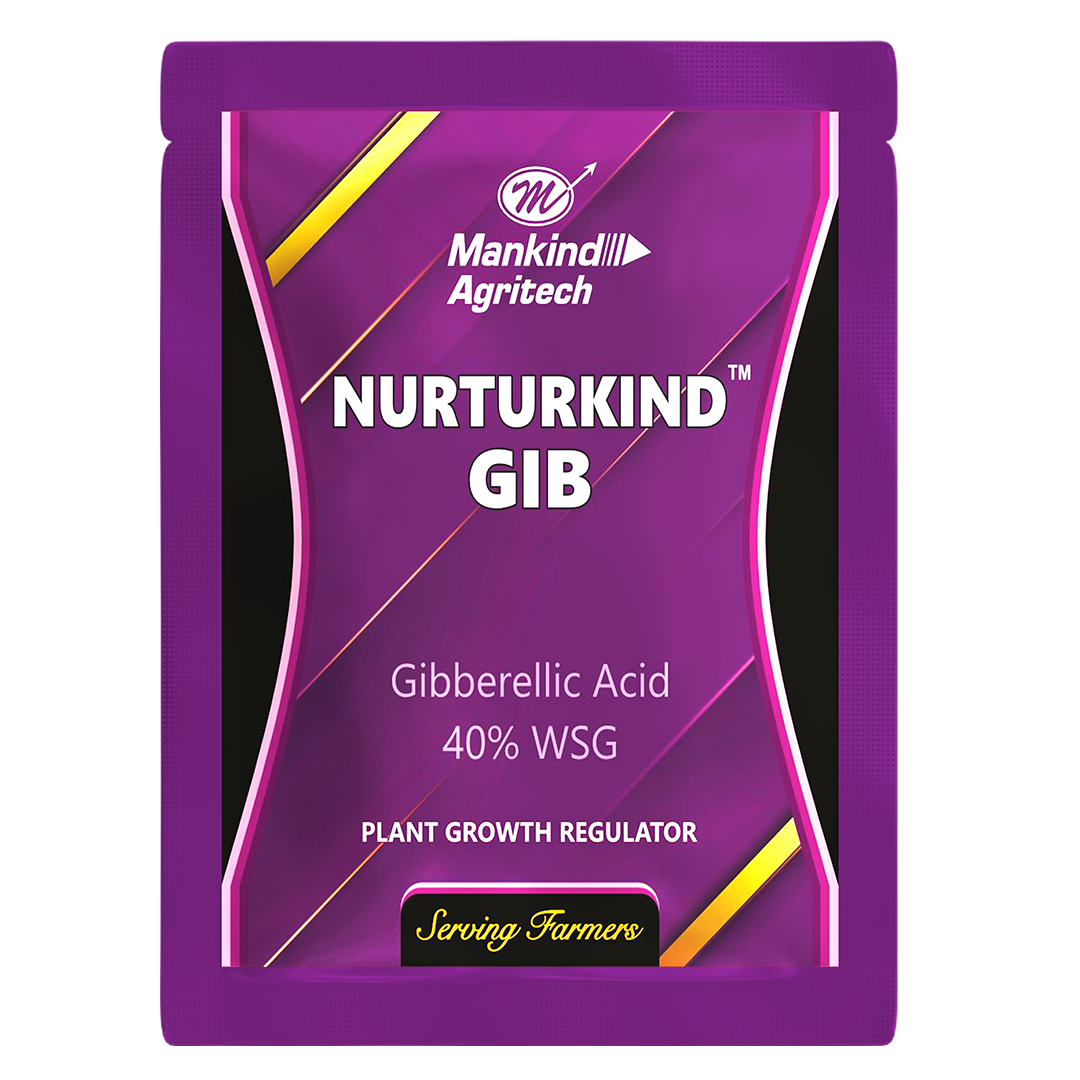In the ever-evolving landscape of Indian agriculture, the need for optimized crop production, sustainability, and profitability has never been more crucial. Farmers today are increasingly adopting advanced technologies and chemical aids to improve productivity, combat climate challenges, and meet rising food demand. Among these innovations, plant growth regulators in India are playing a pivotal role in revolutionizing modern farming practices.
These specialized agrochemicals offer farmers greater control over plant physiology, enabling them to manipulate growth patterns, flowering, fruiting, and stress resistance in crops. In this comprehensive guide, we will explore the types of plant growth regulators, their agricultural uses, integration into the agro chemical product list, and the current market trends shaping their usage in India.
What Are Plant Growth Regulators (PGRs)?

Plant Growth Regulators (PGRs) are natural or synthetic substances that influence various physiological processes in plants. Unlike fertilizers that supply nutrients, PGRs modify growth responses such as cell division, elongation, and differentiation. Depending on the need, these regulators can promote or inhibit plant growth, making them a powerful tool in precision agriculture.
In India, PGRs are widely used across crops like rice, wheat, sugarcane, cotton, fruits, and vegetables, offering targeted solutions for higher yield and better crop quality.
Types of Plant Growth Regulators in India
PGRs are broadly classified into five major categories based on their functions:
Auxins
Auxins promote cell elongation and root formation, and are key in regulating phototropism and geotropism. Common uses include:
- Inducing rooting in plant cuttings
- Preventing premature fruit and leaf drop
- Enhancing fruit setting in crops like tomatoes and brinjal
Popular auxins used in India: Indole-3-acetic acid (IAA), Indole-3-butyric acid (IBA), and Naphthalene acetic acid (NAA)
Gibberellins
These are responsible for stem elongation, seed germination, and flowering. Gibberellins help:
- Improve fruit size in grapes and apples
- Overcome dormancy in seeds and tubers
- Stimulate flowering in crops like sugarcane and groundnut
Common gibberellins in Indian agriculture: GA3 (Gibberellic Acid)
Cytokinins
Cytokinins stimulate cell division and delay aging in leaves. They are essential for:
- Promoting shoot growth
- Improving fruit and seed development
- Delaying senescence in leafy vegetables
Examples used in India: Kinetin, Benzyladenine (BA)
Ethylene
Ethylene is a gaseous plant hormone used to:
- Induce flowering in pineapple
- Promote ripening in fruits like mango and banana
- Aid in boll opening in cotton
Common formulations: Ethephon, Ethrel
Abscisic Acid (ABA)
ABA primarily acts as a growth inhibitor and helps plants manage stress. Its functions include:
- Closing stomata during water stress
- Inducing dormancy in seeds
- Enhancing drought and salinity resistance
While synthetic ABA is rarely used due to cost, some formulations are available for specific high-value crops in India.
Integration of PGRs in the Agro Chemical Product List

India’s agro chemical product list is expanding rapidly, and PGRs are a significant component of this portfolio. Traditionally dominated by pesticides and fertilizers, the Indian agrochemical market is now seeing increased interest in biostimulants, micronutrients, and growth regulators.
Manufacturers now offer a wide range of combination products that include PGRs alongside micronutrients or fungicides, offering farmers a multi-benefit solution in a single formulation. For instance:
- Root boosters with auxins and micronutrients
- Yield enhancers combining gibberellins with NPK
- Flowering stimulants featuring cytokinins with trace minerals
These products are available in liquid, powder, or granule forms and are compatible with drip irrigation systems and foliar spray methods.
Applications and Benefits of Plant Growth Regulators in Indian Farming
Improved Crop Yield and Quality
PGRs directly influence plant growth, flowering, and fruiting, leading to enhanced crop yield and quality. For example, gibberellins improve grape bunch elongation, while cytokinins increase the number of pods in legumes.
Better Stress Management
In a climate-vulnerable country like India, droughts, floods, and salinity can severely impact crops. ABA-based PGRs and cytokinin mixtures help crops tolerate stress and recover faster.
Uniform Maturity
Farmers using ethylene-based PGRs report better uniformity in fruit ripening, which is essential for commercial harvest and export purposes.
Faster Rooting and Seedling Growth
Auxin-rich formulations are widely used in nurseries to promote rooting in plant cuttings, especially in the horticulture and floriculture sectors.
Regulations and Safety
The Central Insecticides Board & Registration Committee (CIBRC) under the Ministry of Agriculture is the regulatory authority overseeing the registration of PGRs in India. Farmers are advised to use only CIBRC-approved PGRs and follow recommended dosages to avoid overuse or crop damage.
Additionally, efforts are being made to promote bio-based plant growth regulators, which are eco-friendly and suitable for organic farming.
Market Trends and Future Outlook

Growing Demand in Horticulture and High-Value Crops
With India’s shift toward horticulture, fruits, and vegetables, the demand for quality-enhancing PGRs is on the rise. Consumers now seek visually appealing, uniform, and chemical-free produce, all of which PGRs can help achieve.
Emergence of Biostimulants and Organic PGRs
Companies are investing in the research and development of organic and bio-based plant growth regulators, which are residue-free and suitable for export-grade crops. These include seaweed extracts, amino acid blends, and humic substances.
Digital Advisory Platforms
The rise of agri-tech startups is enabling farmers to receive personalized PGR recommendations based on soil type, crop stage, and climate. Mobile apps and advisory platforms are improving the precision use of agrochemicals, including PGRs.
Public-Private Partnerships
Government schemes like PM-Fasal Bima Yojana and Paramparagat Krishi Vikas Yojana (PKVY) promote the sustainable use of agrochemicals, including growth regulators. Collaboration between private companies and government agencies ensures better access to certified products in rural markets.
Conclusion
The adoption of plant growth regulators in India is a critical step toward sustainable, productive, and modern agriculture. As farmers continue to embrace technology and innovation, the demand for advanced agro inputs like PGRs will grow exponentially.
When exploring the agro chemical product list, it’s essential to choose quality-assured and scientifically validated growth regulators. Farmers should consider factors such as crop type, growth stage, and environmental conditions before selecting a PGR.
One company making significant strides in this domain is Mankind Agritech. Known for its commitment to innovation, safety, and farmer-centric solutions, Mankind Agritech offers a wide range of certified plant growth regulators and agrochemical products tailored to Indian farming needs. Their continued focus on research and farmer education makes them a trusted name in the agricultural input industry.